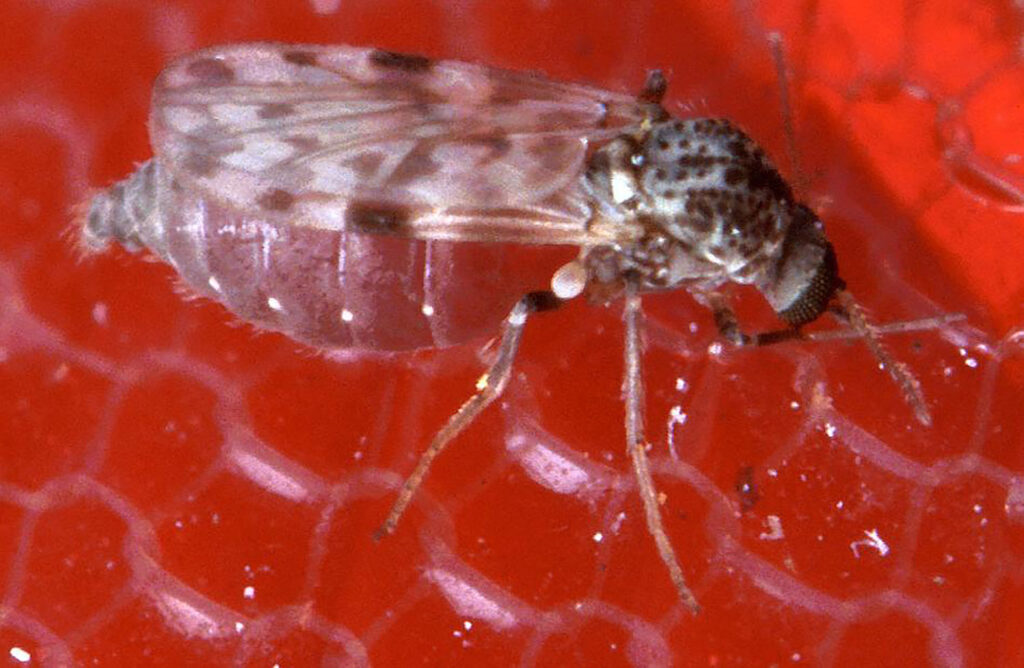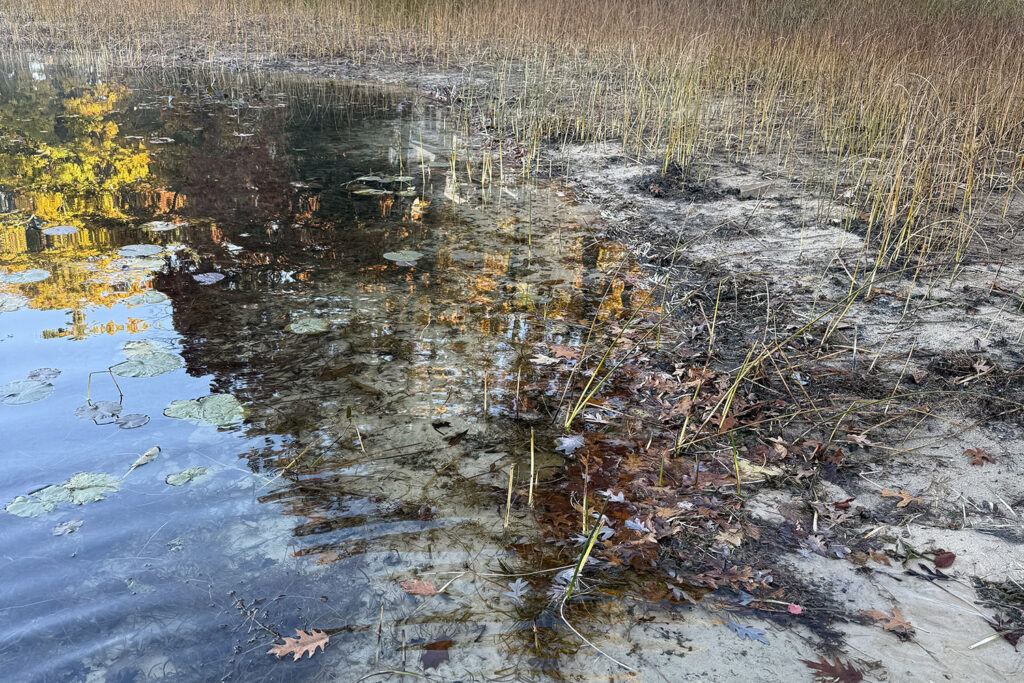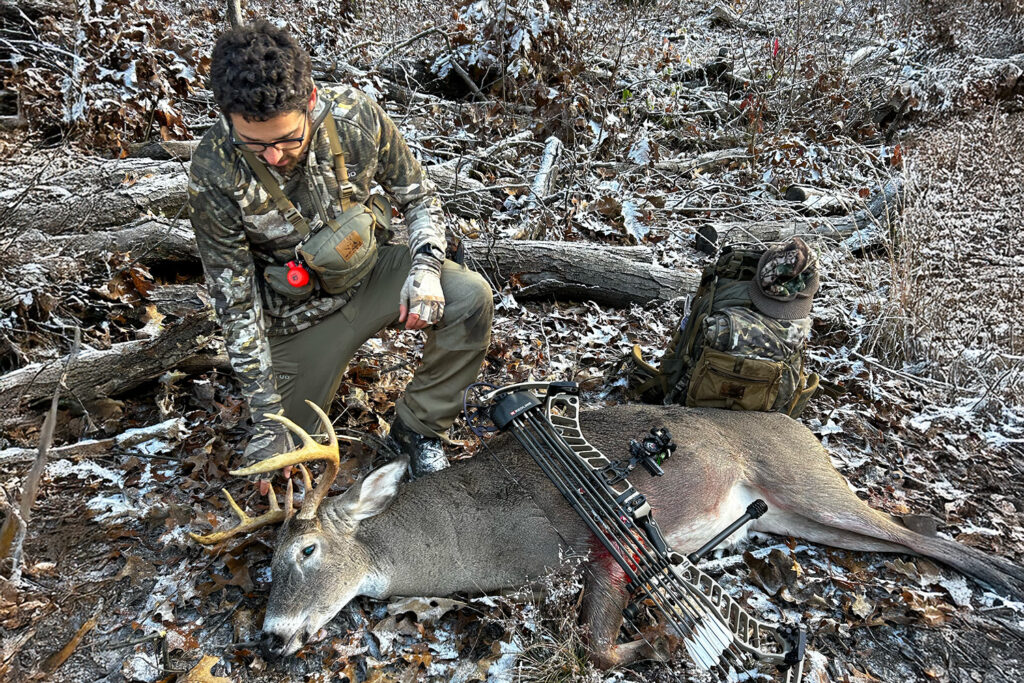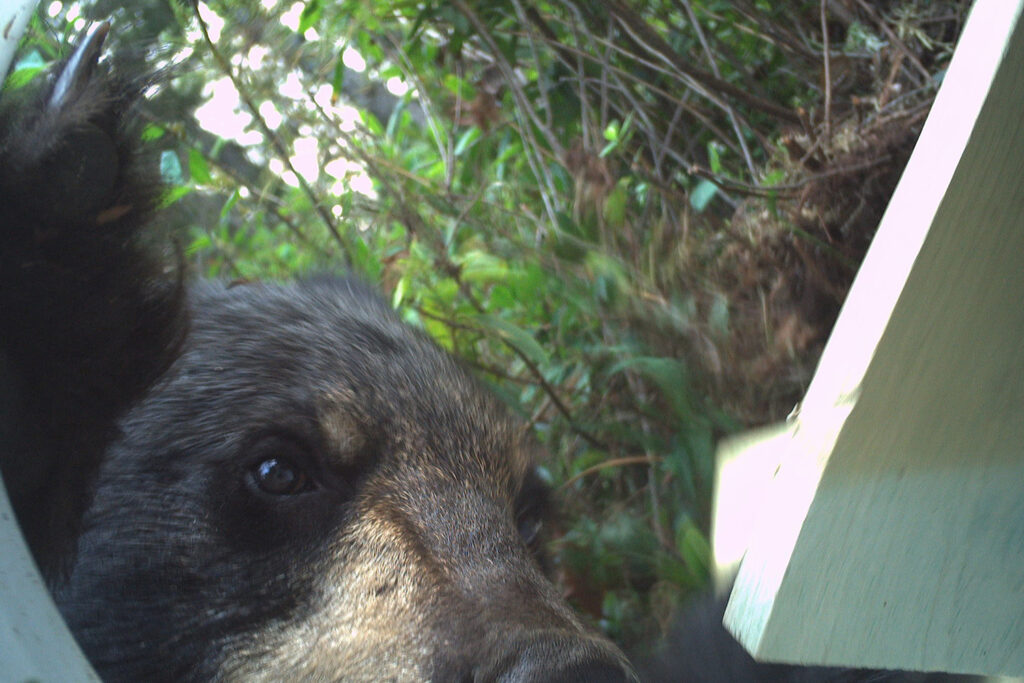Folks across southern Michigan have been stumbling upon dead deer near creeks and ponds all month. It’s the same old thing we’ve seen before: a carcass in or near water, bloated in the early October heat.
Here we go again.
Epizootic Hemorrhagic Disease is back in Michigan, hitting 11 counties across the southern part of the state. The DNR confirmed cases in Berrien, Calhoun, Cass, Eaton, Hillsdale, Ionia, Jackson, Lenawee, Mecosta, Van Buren, and Washtenaw counties. That’s a wide swath of some of Michigan’s best deer habitat. These are places I love to hunt.
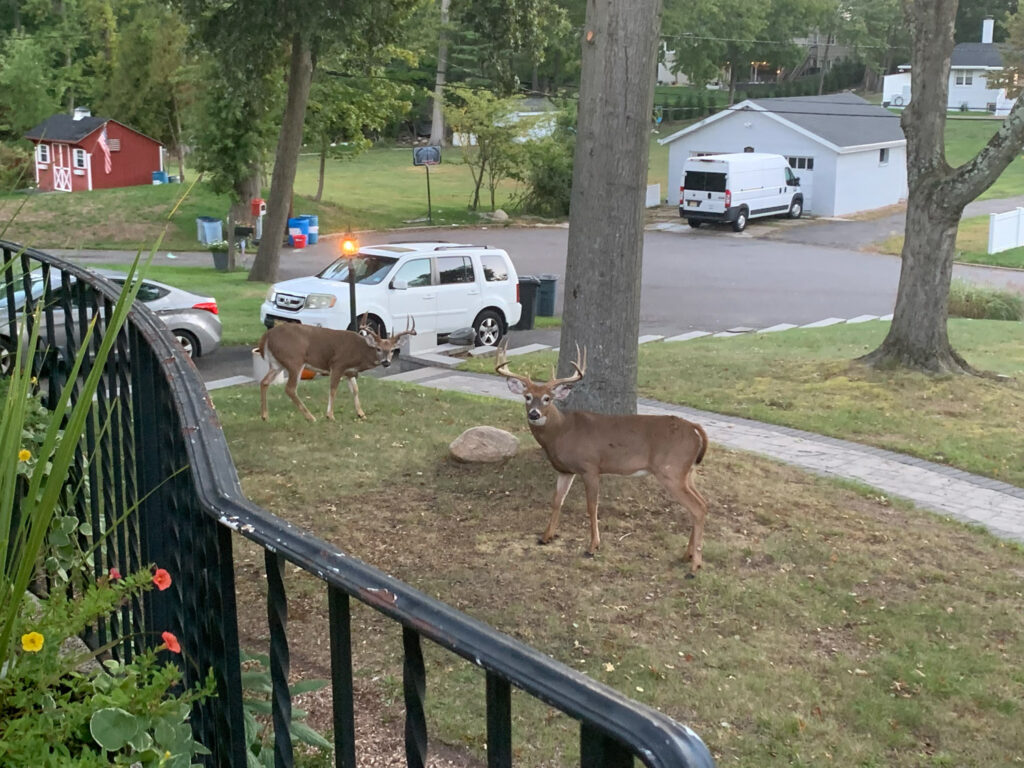
As many of us already know, last year was rough. EHD showed up in 15 counties, one of the worst outbreaks since 2012, when an estimated 15,000 deer died across the state. This year’s outbreak seems slightly less severe so far, but we’re still early in the season. We won’t know the full extent until the first hard frost kills off the midges that spread it.
EHD is a virus that infects deer and is spread by tiny biting flies called midges. These little insects love stagnant water, the kind you see all over Michigan in late summer, especially during dry spells. The virus doesn’t spread deer-to-deer. It has to pass through the midge.
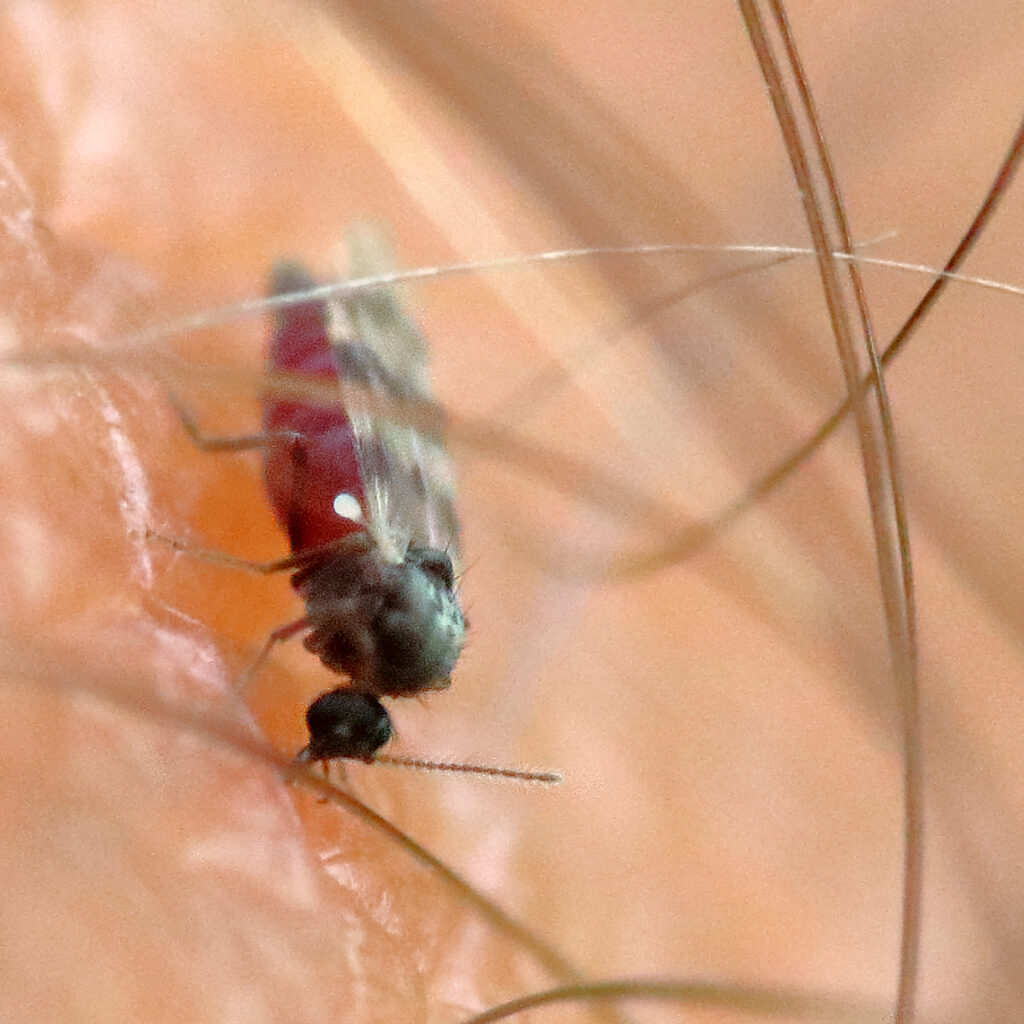
Things escalate quickly once a deer gets bitten by an infected midge. The virus attacks blood cells, causing internal bleeding and a massive fever. Infected deer look like zombies. They become disoriented, lose their fear of humans, and desperately seek water to cool down. That’s why you almost always find dead deer near creeks, ponds, and rivers. Most infected deer are dead within two days.
It’s a brutal way to go, and stumbling across multiple carcasses around your favorite hunting spot is unsettling.
Thankfully, not all deer die from EHD. Mortality rates can hit 90% in some areas, but deer that survive develop immunity and may pass antibodies to their offspring. The disease also doesn’t affect humans or pets. You can’t catch it from handling deer, and your venison is safe to eat. Though I’d forgive you if you wanted to pass on eating one.
Bow season opened on October 1, and the timing of this outbreak means hunters will be the first to see its impact on the ground. EHD can devastate local populations in concentrated areas. This year, I’m seeing lower numbers, in part due to the outbreak from last year. The impact isn’t uniform across these counties. It hits hard in specific pockets where conditions are right for midges to thrive.
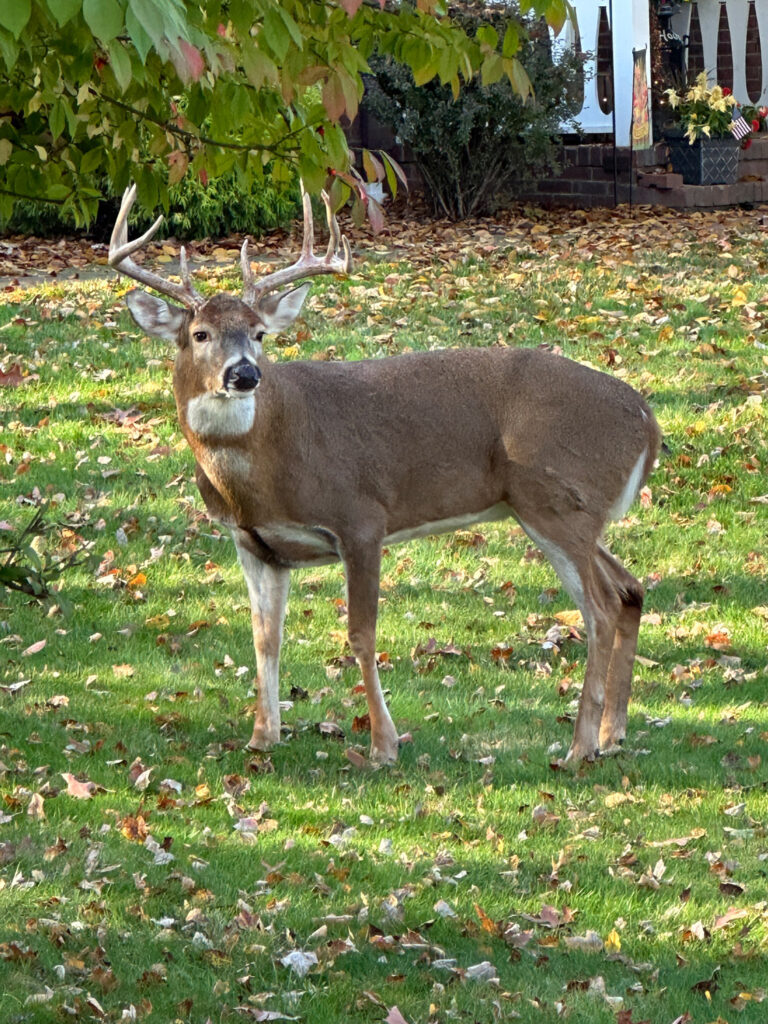
Climate patterns matter here. EHD loves warm winters followed by wet springs and hot, dry summers. That weather creates ideal conditions for midges to thrive. Michigan’s been seeing more of that weather pattern lately.
EHD outbreaks typically end with the first frost, which kills the midges and stops transmission. In southern Michigan, that usually happens sometime in late October or early November. If we get an early frost, the outbreak could be done before firearm season even opens on November 15. But if we have a warm fall, the outbreak could drag on longer and hit more deer.
If you come across a dead or dying deer, report it to the Michigan DNR through their Eyes in the Field system. Note the location, date, and any other details. Mapping apps like OnX make this easy.
Hunters are often the first eyes on the ground when these outbreaks hit. As bow season progresses through October, we’ll get a clearer picture of how bad this year’s EHD really is. Until that first frost arrives and puts an end to the midges, all we can do is keep watching, keep reporting, and hope the deer that survive are enough to carry us into November.
James Zandstra is an experienced outdoorsman with a passion for the Mitten State. Follow his work on X @TheFairChase1.
